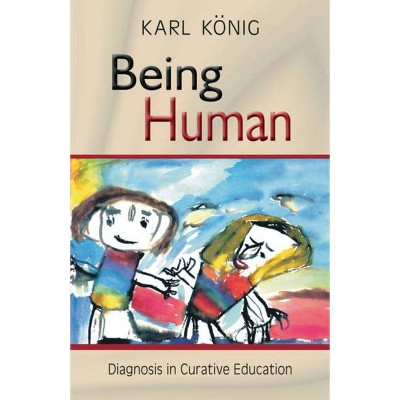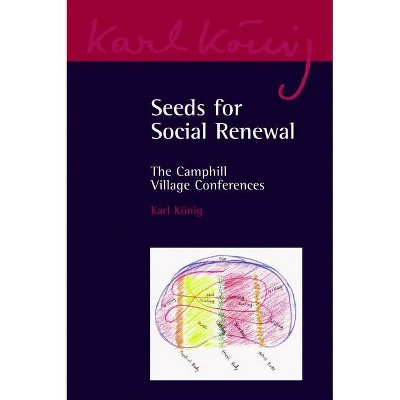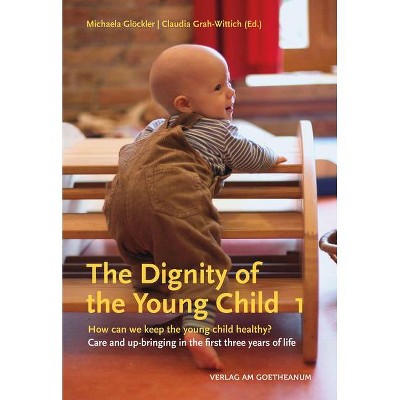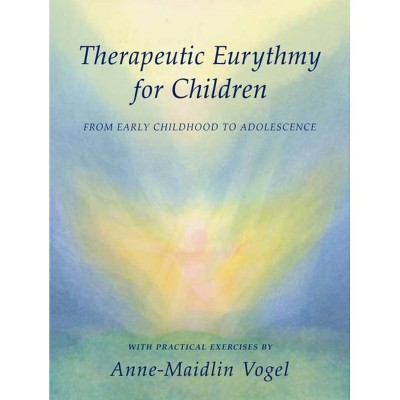Being Human - by Karl König & Michaela Glöckler (Paperback)

Similar Products
Products of same category from the store
AllProduct info
<p/><br></br><p><b> Book Synopsis </b></p></br></br><p>What does it mean to be human? Human development unfolds in a twofold way. On the one hand, there is an ever-more profound incarnation, or "inhabitation," of the physical body. On the other hand, there is the increasing discrimination of the individual objects of the world.</p> <p>Difficulties and obstacles along this path can lead to so-called disabilities. König's approach to curative education allows us to see these disabilities as meaningful ways of coping with or resolving the various problems that arise in living in a physical body. From this point of view, "disabilities" are exaggerated forms of ways we all use to cope with life.</p> <p>"The point is not only to see the deviations, but to see them against the mighty backdrop of a comprehensive child anthropology." <i>Being Human</i> presents the outline of just such a comprehensive anthropology.</p> <p><i><strong>Being Human</strong></i> is of value not only to those working in special education, but to anyone interested in the dynamics of incarnation and "normal" development.</p> <p>∞ ∞ ∞</p> <p><strong>CONTENTS: </strong></p> <p>Foreword by Michaela Glöckler<br />Introduction by Cornelius Pietzner</p> <p><strong>PART I</strong></p> <p>Three Ways of Diagnosing<br />Some Guiding Images in the Area of Motor Disturbances: The Lonely Individual<br />Some Guiding Images in the Area of Sensory Disturbances<br />The Problem of Right and Left<br />The World of Language<br />The <i>Gestalt</i> of the Child</p> <p><strong>PART II</strong></p> <p>An Introduction to Convulsive Disorders<br />Different Types of Convulsive Disorders<br />Epilepsy and Hysteria</p>
Price History
Price Archive shows prices from various stores, lets you see history and find the cheapest. There is no actual sale on the website. For all support, inquiry and suggestion messagescommunication@pricearchive.us




















